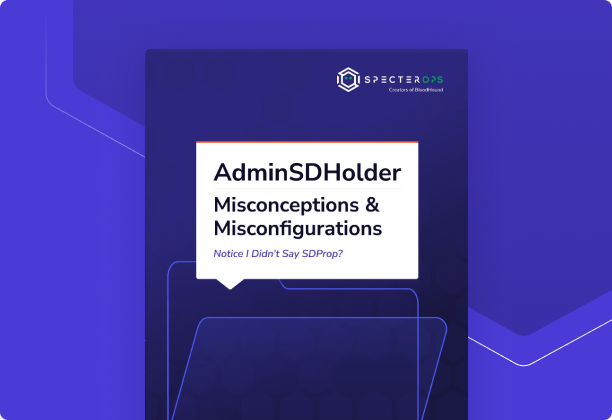Executive Summary
AdminSDHolder is a critical security mechanism in Active Directory Domain Services (AD DS) that protects highly privileged accounts from unauthorized manipulation. Despite its importance to enterprise security, this feature remains widely misunderstood due to decades of inaccurate documentation from Microsoft that has propagated across industry resources. Organizations frequently misconfigure AdminSDHolder based on this flawed guidance, introducing security vulnerabilities into their environments.
When Best Practices are Wrong
AdminSDHolder serves as a fundamental defense mechanism that prevents lower-privileged accounts from escalating privileges by protecting sensitive administrative groups and accounts. Without this protection in place, accounts with delegated permissions could compromise an entire Active Directory forest. The mechanism operates by applying restrictive access controls and blocking permission inheritance on privileged accounts, effectively creating a security boundary around the most critical identities in the directory. Microsoft’s official documentation contains fundamental errors about how AdminSDHolder actually functions, creating a knowledge crisis that has persisted for years.
Correcting the Problem
BloodHound version 8.3.0 provides capabilities to identify protection gaps and validate AdminSDHolder coverage across the environment. BloodHound’s visualizes AdminSDHolder-protected nodes, identifies Tier Zero assets that lack adequate protection, and delivers updated remediation guidance for access control vulnerabilities. These capabilities enable security teams to understand their actual protection posture rather than relying on assumptions based on configuration settings alone.
